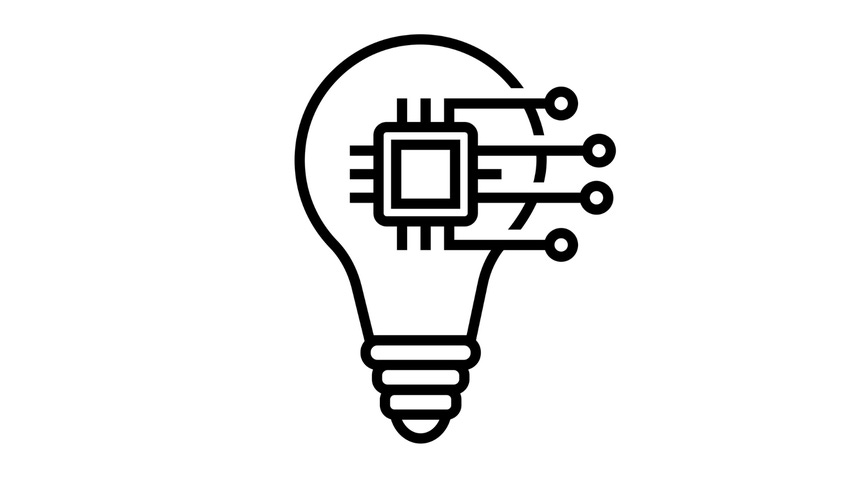
At a Glance
- New U.S. patent rules require a human to provide a ‘significant contribution’ to an invention in order to obtain protection.
- The USPTO did not categorically deny all AI-influenced inventions. Rather, it carved out space for AI, with limits.
Humans must make a “significant contribution” to qualify for a U.S. patent if AI tools are used in its development, according to the U.S. Patent and Trademark Office.
The USPTO published its long-awaited guidance on decision-making processes for inventions created with the help of AI. Applicants can use AI tools like ChatGPT so long as their use only covers assistance and not the full creation of an invention.
In publishing the guidance, the agency is not categorically denying patents to all inventions that involve the use of AI. Rather, the USPTO made room for AI – with qualifications. The new rules take effect on Feb. 13.
In a blog post penned by Kathi Vidal, the USPTO director echoed her comments to AI Business at CES this year, saying that patent protection “may be sought for inventions in which a human provided a significant contribution to the invention.”
The guidance states that to secure patent protection, there must be at least one named human inventor who meets that requirement. Vidal wrote that the USPTO will presume that named inventors on an application are the actual inventors and will only question an application based on file records or extrinsic evidence.
“From an examiner’s perspective, it will not matter if AI, or other advanced computer system, performed actions that would rise to the level of inventorship,” Vidal wrote. “What matters, under the guidance, is whether at least one human’s actions can be shown to rise to the level of inventorship and is listed as an inventor on the application.”
The publication also states that if an individual made a signification contribution by constructing a prompt, “that could be sufficient.” However, maintaining “intellectual domination” over an AI system, does not, without more, make a person an inventor of any inventions created through that AI system.
Jamie Nafziger a partner at law firm Dorsey & Whitney said the USPTO “earned a round of applause today for its commonsense approach to invention.”
“As with everything, the challenge will be in implementing the guidance. How sophisticated of a prompt will be required for a given invention? In connection with training an AI system, what level of planning will be required? Patent examiners will surely have some interesting challenges ahead,” Nafziger said.
Marching orders from Biden
Under President Biden’s executive order last October, the USPTO was tasked with developing frameworks related to AI and IP.
Along with patent guidance, the USPTO was also instructed to consult with the U.S. Copyright Office to provide the president with recommendations on potential executive actions relating to copyright and AI – particularly the scope of protection for works produced using AI and the impact of copyrighted works in AI training.
IP has quickly become one of the major headaches in the AI space. For enterprises, there are concerns about inputting business secrets into AI systems, like what happened with Samsung last year. While for developers, concerns over access to copyrighted materials could impact the creation of new models and systems. OpenAI, for example, has said it would be “impossible” to train models without copyrighted content.
However, one definitive is that AI itself cannot own IP protections. For patents, courts in the U.K., Europe and U.S. have all ruled against granting protection to patents where an AI is named as an inventor. The same goes for copyright, with courts in the U.S. denying protection for AI artworks including a Midjourney-generated piece that won a Colorado State Fair art contest.
Randy McCarthy from law firm Hall Estill said in the wake of the new guidance, applicants should “keep good records and make sure that there is sufficient human agency involved in the creation of the work or the invention, and the resulting IP should be valid.”
Read more about:
ChatGPT / Generative AIAbout the Author(s)
You May Also Like


.jpg?width=700&auto=webp&quality=80&disable=upscale)
.jpg?width=700&auto=webp&quality=80&disable=upscale)
.jpg?width=700&auto=webp&quality=80&disable=upscale)
.jpg?width=300&auto=webp&quality=80&disable=upscale)
.jpg?width=300&auto=webp&quality=80&disable=upscale)
.jpg?width=300&auto=webp&quality=80&disable=upscale)
.jpg?width=300&auto=webp&quality=80&disable=upscale)
.jpg?width=300&auto=webp&quality=80&disable=upscale)